Tokyo to Nara, Osaka, and Kyoto: 3-Day, 1-Night Trip
Here’s the author’s actual itinerary from May 2022, using night buses to explore Kyoto and Nara while staying in Osaka. Days were spent in Kyoto and Nara, nights in Osaka.
Day 1: Departure Night
10:15 PM: Depart Shinjuku Bus Terminal Overnight: Sleep on the bus
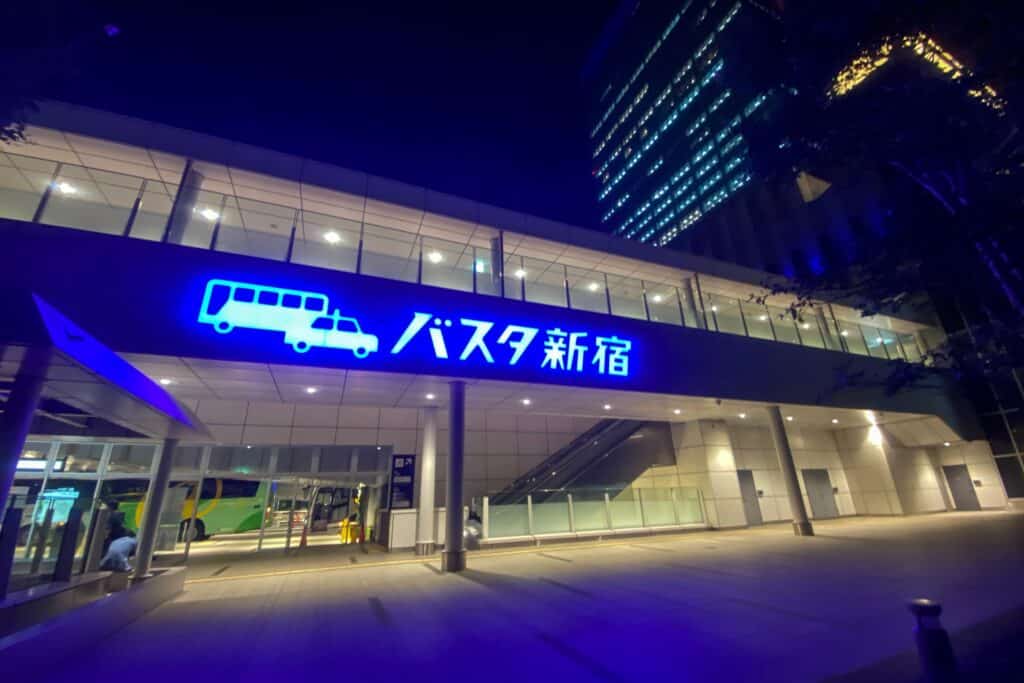
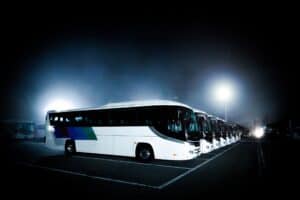
Day 2: Kyoto Exploration

6:00 AM: Arrive at Kyoto Station Breakfast: Standing udon at JR Kyoto Station
Morning Route: Fushimi Inari → Kiyomizu-Temple→ Sannen-zaka(12:00 PM)
Fushimi Inari Shrine
Access: Kyoto Station → Inari Station (6 minutes) → 2-minute walk The famous thousand torii gates create a hiking trail from base to summit (1 hour to the top). The author climbed to the 7th station, enjoyed coffee at a tea house, then returned. Pro tip: Early morning weekdays have minimal crowds.
9:00 AM: Rent electric bicycle at Kyoto Station
Kiyomizu Temple
Parking: Large paid bicycle parking before entering Kiyomizu Temple shopping street Admission: ¥500 Architectural marvel: Kiyomizu Temple’s defining feature is the exquisite harmony between masterful architecture and seasonal natural beauty. The famous wooden stage offers breathtaking views, especially spectacular with spring cherry blossoms or autumn foliage, captivating countless photography enthusiasts. Route: After visiting the temple, turn right into Sannenzaka on the way back. When you spot Hokan-ji’s five-story pagoda, return to the parking area. Sannenzaka offers Kyoto’s most authentic traditional atmosphere.
📍 Kyoto Station to Kiyomizu Temple
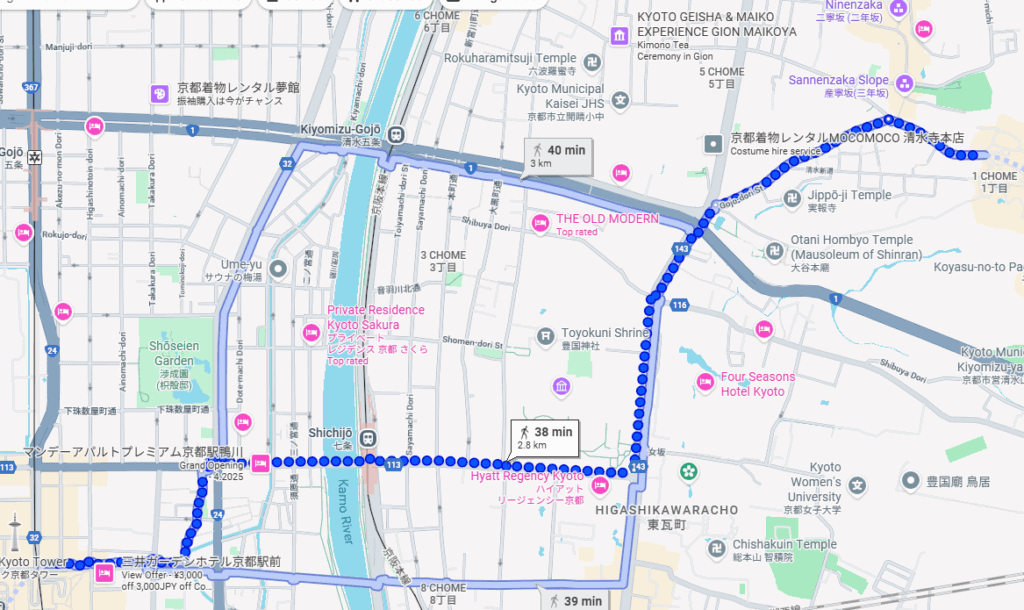
📍 Kiyomizu Temple to Sannen-zaka
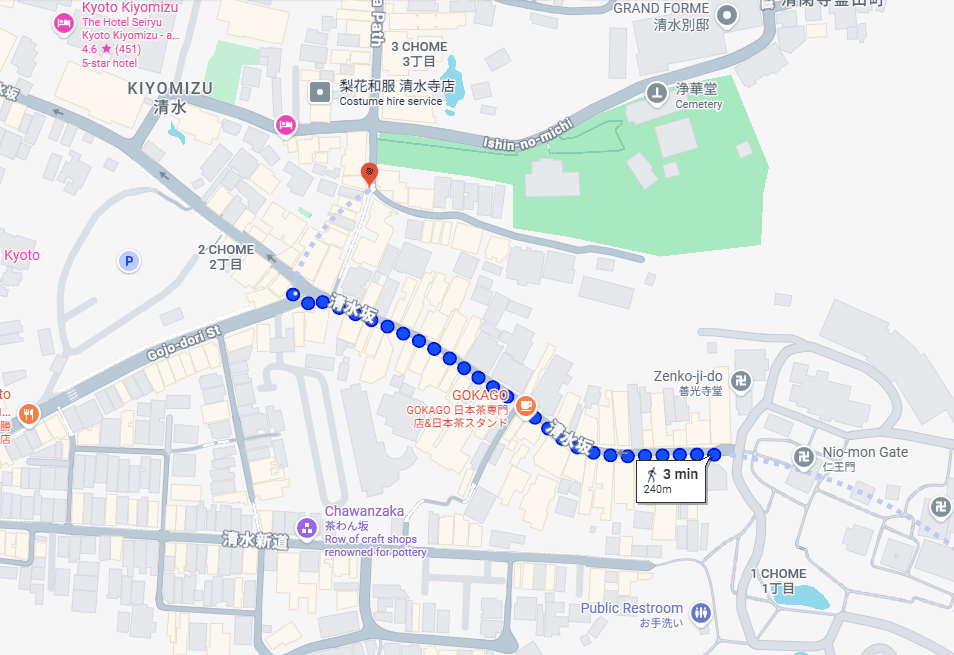
Lunch: Kyosai-mi no Mura (11:30 AM)
Cuisine: Obanzai (Kyoto home-style cooking) featuring 12 vegetable-centered small dishes Cost: Under ¥2,000 Parking: Free bicycle space in front of the shop Distance: 3.5km from Kiyomizu Temple Bonus: Pass through the geisha district of Gion en route for atmospheric sightseeing
📍 Kiyomizu Temple to Kyomisai Nomura
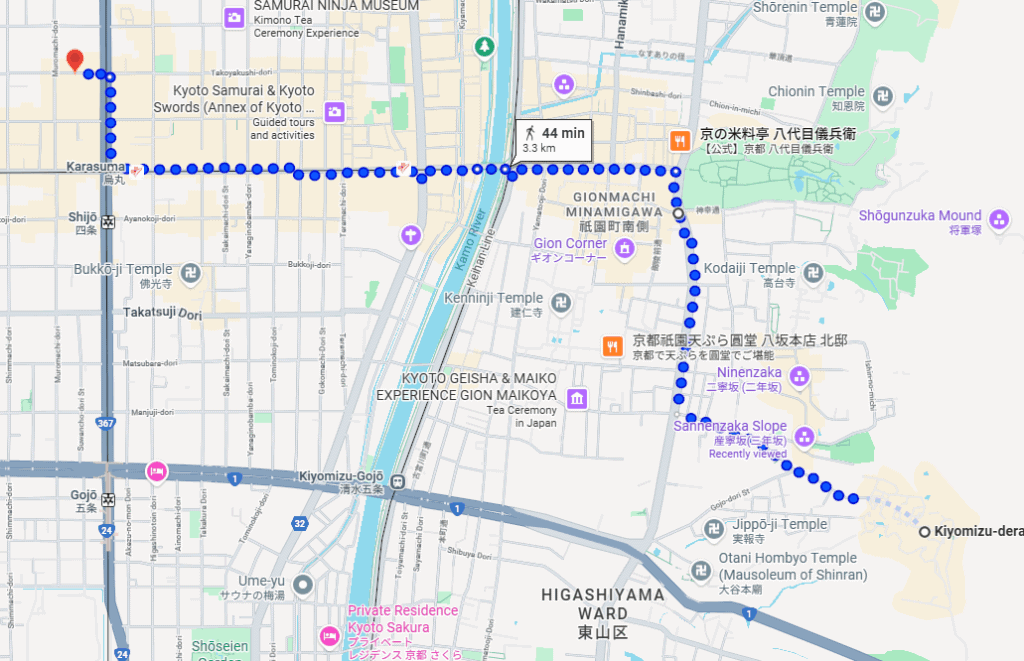
📍 Kyomisai Nomura to Ainomachi Entrance
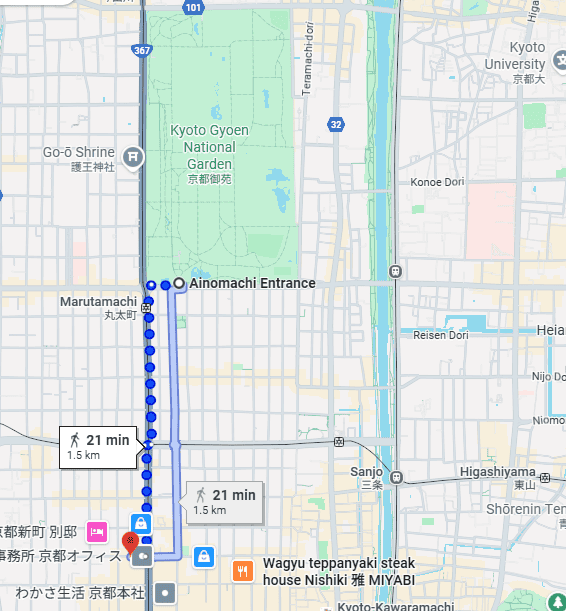
Afternoon Route: Imperial Palace → Kinkaku-ji → Arashiyama (12:00 PM)
Kyoto Imperial Palace
Japan’s imperial center from 794 to 1868 (1,100 years), before the capital moved to Tokyo. This condensed masterpiece showcases Japan’s finest classical architecture, masterful gardens, and artistic pond design.
Cycling route: Enter through Ainomachi Entrance (south gate) → exit via Inui-gomon (north gate). Leisurely ride with stops takes about 30 minutes.
📍Kyoto Imperial Pace to Kinnkaku-ji
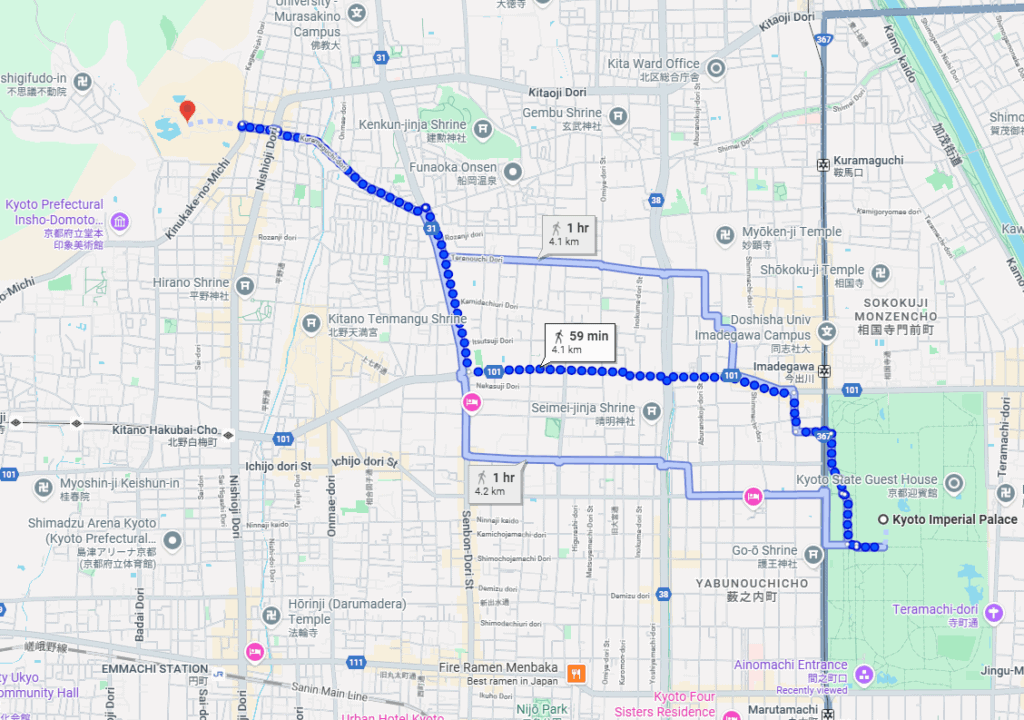
Kinkakuji
Kinkaku-ji (Golden Pavilion) Distance: 4km northwest of Imperial Palace Admission: ¥500 Located beside Kyoko-chi pond, offering stunning reflections of the golden pavilion on calm days. Seasonal beauty varies from spring cherry blossoms to winter snow scenes.
Arashiyama
Arashiyama Distance: 8km from Kinkaku-ji Beloved by domestic and international visitors alongside Kiyomizu Temple and Fushimi Inari.
📍 Kinnkaku-ji to Arashiyama
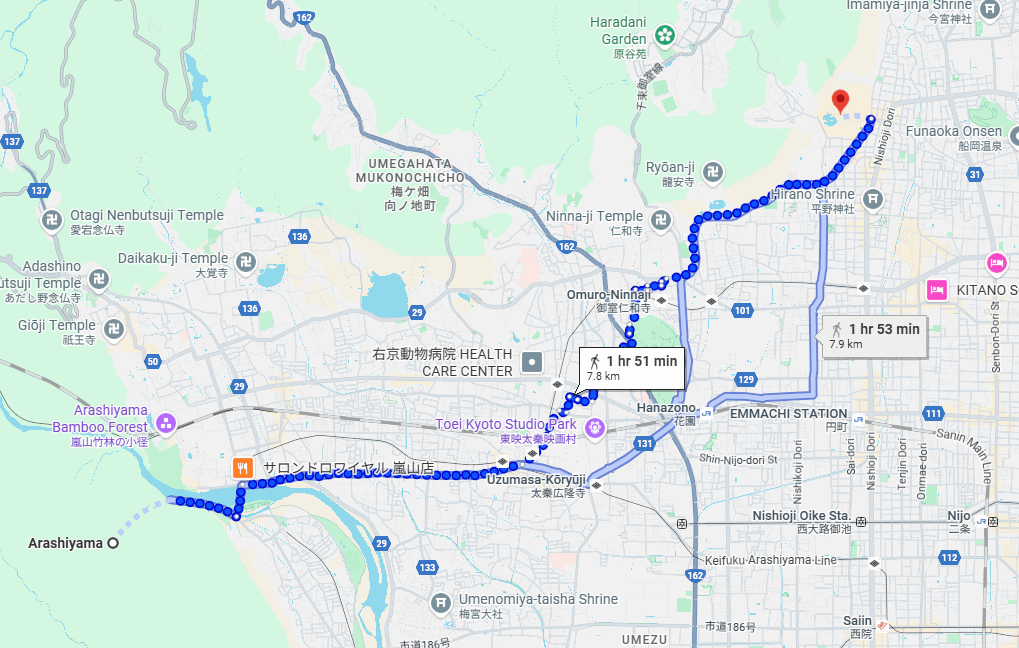
Scenic essence: Beautiful harmony of river, bridge, and mountains, enhanced by historic temples, traditional architecture, and the refined atmosphere of a medieval villa district.
Must-do experiences:
- Traditional: Tea and dango at shops facing Togetsukyo Bridge while enjoying the scenery
- Nature: 5-minute walk to Bamboo Grove—thousands of bamboo creating an endless healing pathway
Coffee culture: Kyoto boasts Japan’s highest coffee standards with minimal chain store influence. Arabica Kyoto, near Togetsukyo Bridge, ranks as the city’s most acclaimed coffee shop.
Note: Arashiyama bicycle parking is generally paid.
Return to Kyoto Station
Timing: Thorough exploration of Imperial Palace, Kinkaku-ji, and Arashiyama typically takes until 3:00-4:30 PM Rental hours: Usually 9:00 AM–6:00 PM (late fees apply after 6:00 PM) Distance: 11km from Arashiyama (40-60 minutes) Electric bike rental: ¥2,200–3,000 per day (2025 rates)
📍Arashiyama to Kyoto Station
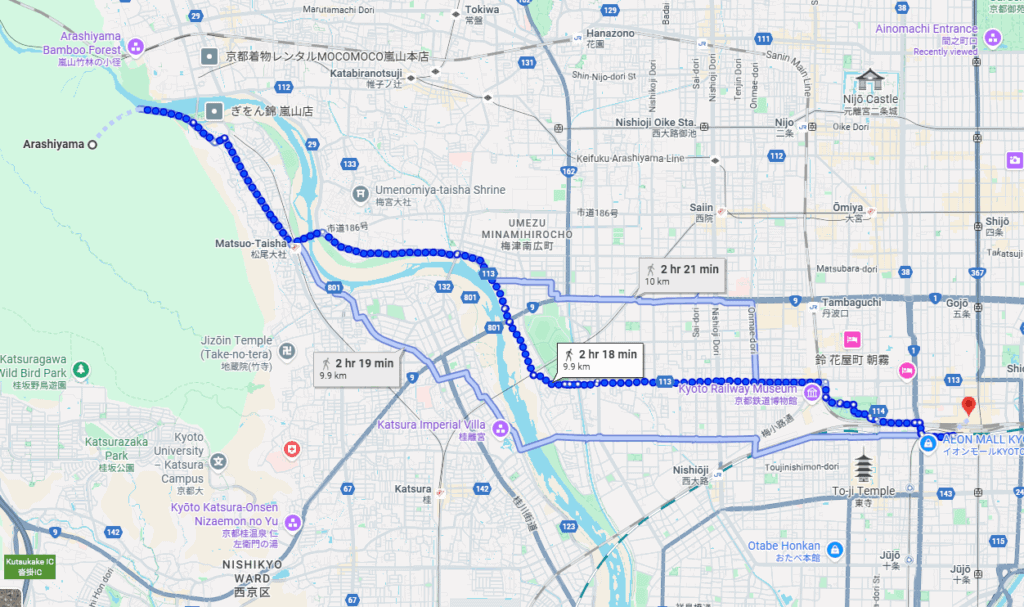
Osaka Evening
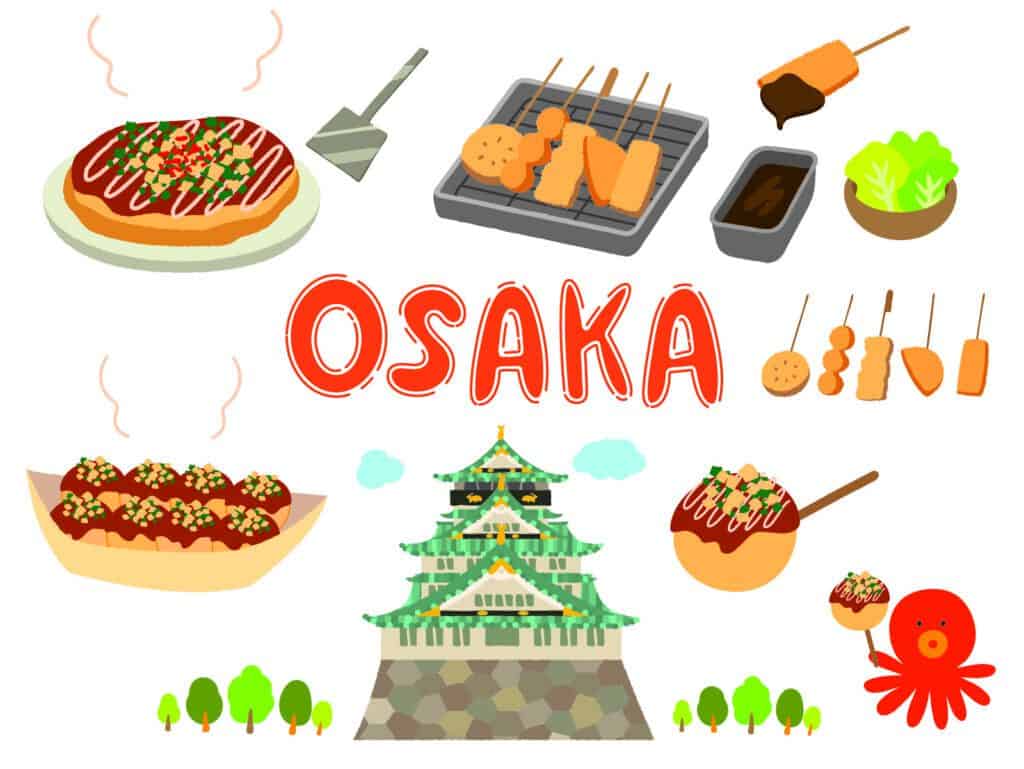
Transport: Kyoto Station → Osaka Station (35 minutes, ¥580 via JR)
Accommodation: Henna Hotel Namba Unique feature: All-robot staff including human-sized multilingual T-Rex at reception In-room: Mini robot provides local information, restaurant recommendations, lullabies, and conversation Human contact: Zero from check-in to check-out (breakfast staff are human, but not included in package) Cost: Approximately ¥6,000 per night Location: Near Glico billboard (Namba’s most famous photo spot)
📍Namba-Glico-Sign to Hen na Hotel Namba
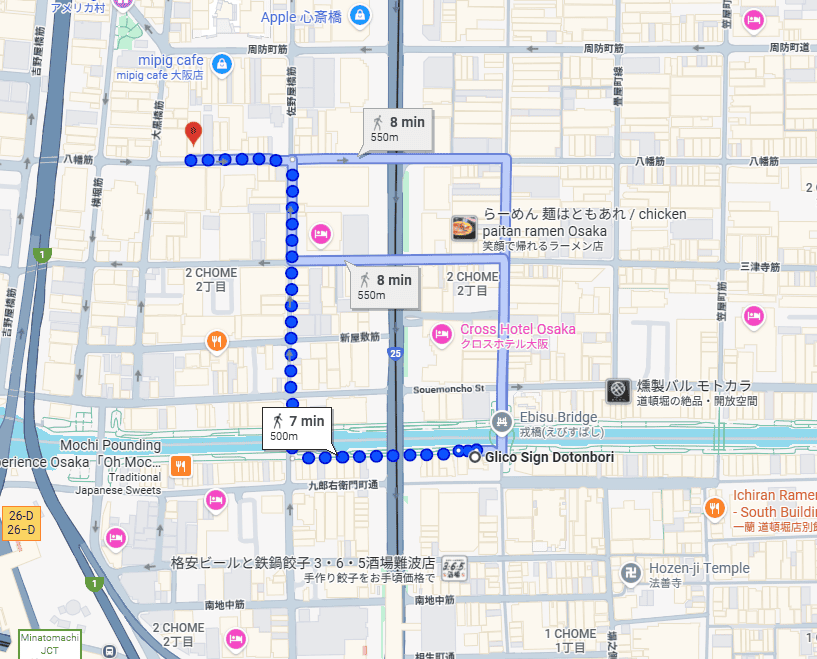
Dinner: Botejyu Honten (original okonomiyaki restaurant in Namba)
Before Day 3: Optional Routes
Day 3 features Nara’s historical sites and temples. For those uninterested in ancient history, consider these Osaka alternatives:
- Universal Studios Japan (most popular attraction)
- Osaka Castle and Castle Park
- Tsutenkaku Tower (iconic yet accessible local symbol)
- Tezuka Osamu Memorial (honoring the “Father of Japanese Anime” who pioneered the medium before passing the torch to innovators like Miyazaki)
- Namba district exploration (Osaka’s entertainment quarter)
- Namba Parks (futuristic green complex)
Day 3: Nara Historical Journey
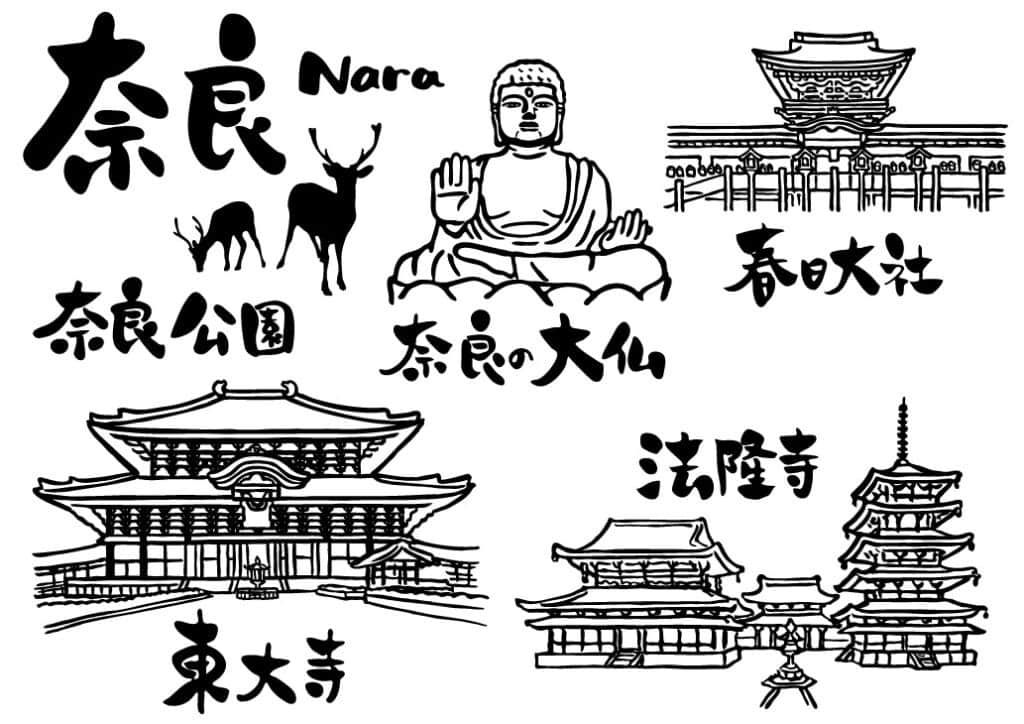
Breakfast: Standing udon (Osaka/Kyoto style uses kombu dashi with white broth, completely different from Tokyo’s soy-based version)
Horyu-ji Temple
Historical significance: Founded 1,400+ years ago during the Asuka period by Prince Shotoku, who:
- Introduced continental culture and systems
- Created Japan’s first constitution
- Established emperor-centered government
- Promoted Buddhism while honoring Shinto traditions
Architecture: The grounds divide into Saiin (West) and Toin (East) precincts, with Saiin featuring the world’s oldest surviving wooden structures—Japan’s first UNESCO World Heritage site.
Access: JR Namba Station → Horyu-ji Station (40 minutes) Admission: ¥2,000 Challenge: 20-minute walk from station to temple
Author’s experience: “Born and raised in Asakusa, I always believed ‘Sensoji Temple is the best!’ and looked down on other temples. But seeing Horyu-ji, I instantly felt ‘defeated!’ The 1,400-year-old presence and dignity overwhelmed me. Encountering architecture from 1,400 years ago is a once-in-a-lifetime opportunity—I strongly recommend visiting Horyu-ji if you go to Nara.”
Transportation tips:
- Walking: Possible but tiring (author was exhausted on return)
- Bus: Available from temple to Nara Station (20km, 1 hour leisurely route)
- Recommended: Rent bicycle at Horyu-ji Station for temple access, then take train to Nara Station
📍 Horyuji Station to Horyuji
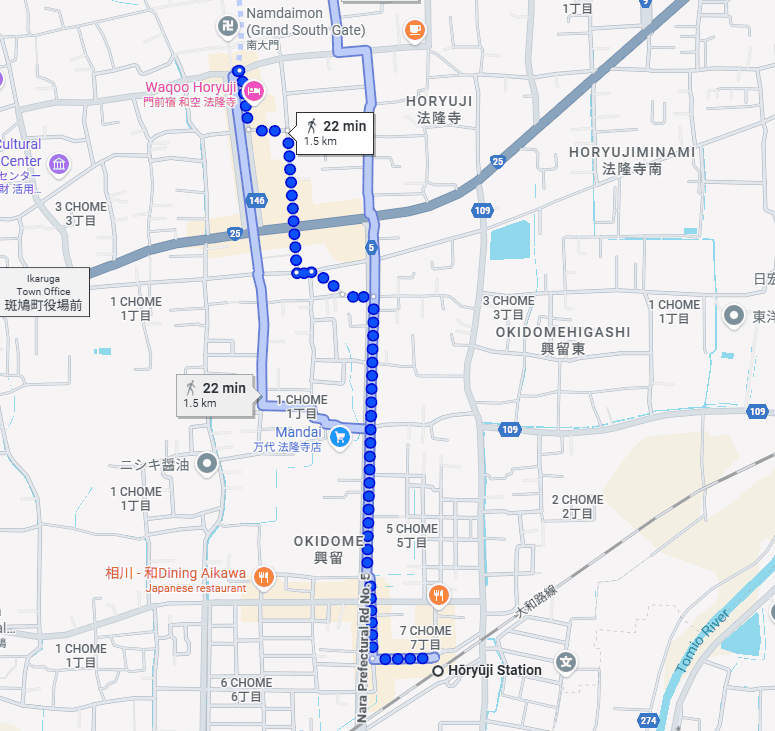
Lunch: Authentic Nara Cuisine
Since you’ve made the journey to Nara, lunch should feature local specialties:
Nara’s signature dishes: Noppe (vegetable stew), inari sushi, shojin ryori (Buddhist vegetarian cuisine), chagayu (tea porridge), kakinoha-zushi (fish wrapped in persimmon leaves with eel, mackerel, or salmon), and somen noodles.
These simple yet health-conscious dishes contrast beautifully with Kyoto’s colorful, elegant presentations and Osaka’s volume-focused, value-driven approach.
Dining options: The famous Mochidono Center-gai (300m south of JR Nara Station) houses 100+ restaurants spanning traditional and modern styles. The author chose a Nara cuisine restaurant in the station building’s restaurant floor.
Afternoon Temple and Shrine Exploration
The afternoon focuses on Todai-ji Temple and Kasuga Taisha Shrine—both UNESCO World Heritage Sites alongside Horyu-ji, forming Nara’s essential trinity.
Todai-ji Temple: The Great Buddha’s Profound Story
Height: 14.98m Built: 752 AD Admission: ¥700 Time needed: 1 hour
Behind this massive Buddha lies an extraordinary story of national unity. When Japan faced smallpox epidemics, famine, and political turmoil, the emperor launched this project as a prayer for national peace, personally leading the construction.
The human scale: Half the country’s population participated in this project—most voluntarily contributing labor or offerings. Within this Great Buddha dwells the collective prayers of countless people from 1,300 years ago, seeking peace and tranquility.
📍 JR Nara Station to Todaiji (Bus)
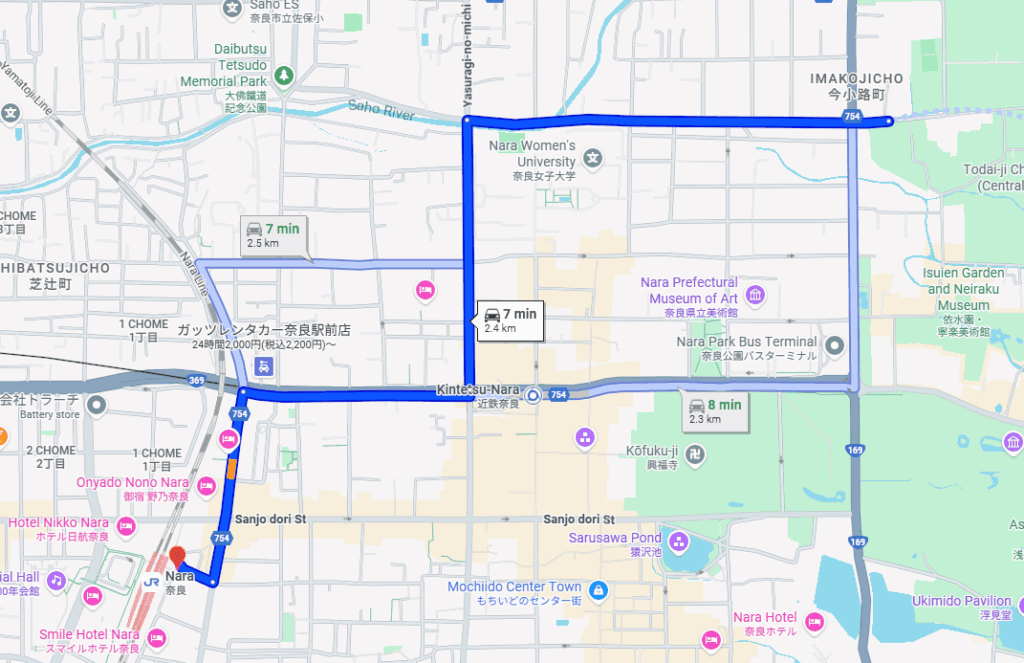
Kasuga Taisha Shrine: Lantern Paradise
Among Japan’s countless shrines, Kasuga Taisha possesses exceptional dignity and history. However, its greatest allure lies in the breathtaking beauty of vermillion shrine buildings adorned with 2,000 stone lanterns and 1,000 hanging lanterns. This visual magnificence needs no detailed explanation—the scenery speaks for itself.
The lanterns’ legacy: Since the late Heian period (1,300 years ago), worshippers have continuously donated these lanterns, carrying prayers for family safety, business prosperity, military fortune, and ancestral blessings. Each lantern represents individual hopes spanning centuries.
Access details: ¥700 shrine admission (optional—magnificent exterior views are free), 30-minute visit
📍Todaiji to Kasuga Taisha
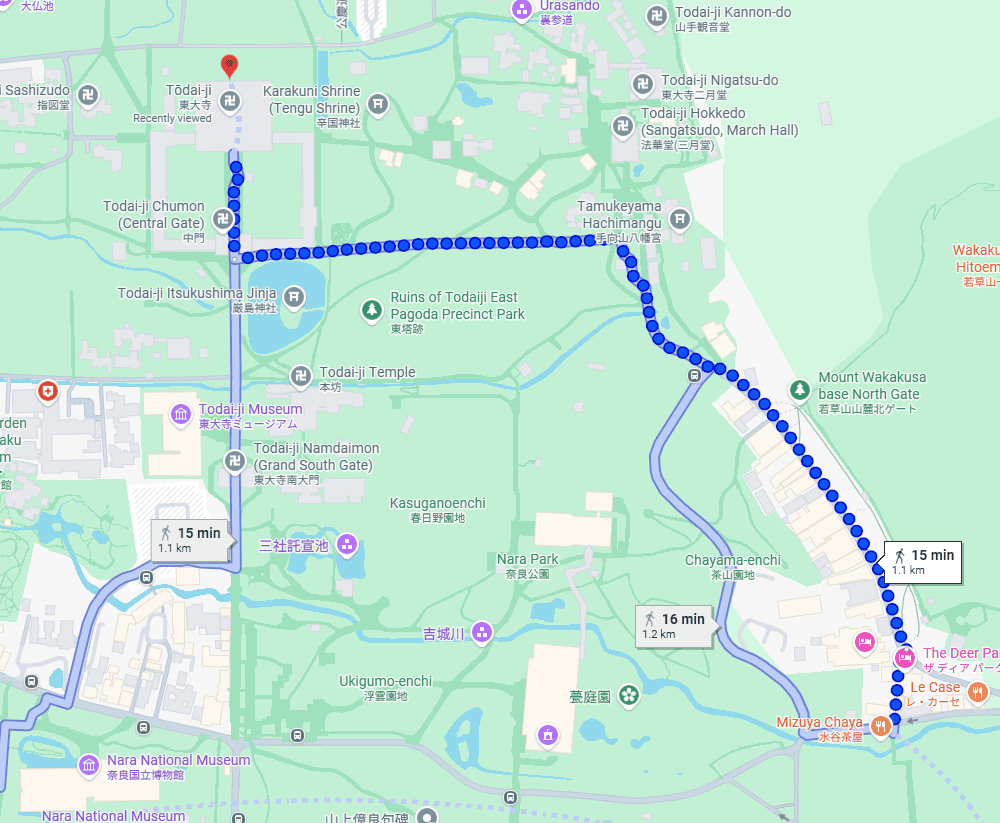
Route Summary
Morning: Horyu-ji Temple Lunch: Nara Station area Afternoon: Bus/taxi to Todai-ji (2.5km, 5-10 minutes) → Walk to Kasuga Taisha (6-7 minutes) , Taxi (3-minutes) Estimated time: 2:30-3:00 PM completion
The Main Event: Nara Park Deer Encounter
Search “Nara deer” on YouTube and witness countless videos of foreign tourists enchanted by these remarkable animals. Unlike typically timid, wary deer elsewhere, Nara’s deer approach humans without hesitation—accepting head pats, body contact, and gazing with trusting eyes (motivated, admittedly, by treats available from numerous vendors).
This unprecedented large mammal interaction captivates visitors’ hearts. YouTube reveals foreign tourists who return to Japan annually just to reunite with these deer.
📍 Kasuga Taisha to Deer Feed Vending Machine

The Sacred Bond: 1,300 Years of Protection
1,400 wild deer roam Nara Park, displaying unusual trust toward humans because they’re considered messengers of Kasuga Taisha’s deities. For 1,300 years, humans have protected these sacred deer, creating this unique interspecies relationship.
Practical note: The expansive park features mini-taxis (golf cart-style) for tired visitors. The author’s driver mentioned carrying foreign passengers daily and could communicate in basic English.
Optional Addition: Nara National Museum
If time permits on your return to the station, visit Nara National Museum. While you’ve experienced actual historical buildings and sites, here you can examine era-specific artistic masterpieces in focused detail.
Facilities: Buddha Statue Hall and Bronze Hall (always open), East and West New Wings (special exhibitions)
Osaka Evening: Day 2
5:00 PM: Walk to Kintetsu Nara Station (12 minutes from museum) Route: Kintetsu Nara → Kintetsu Tsuruhashi (30 minutes, ¥590, direct) 6:00 PM: Arrive Tsuruhashi
Dinner: Okonomiyaki Omoni Honten
Location: 15-minute walk from Tsuruhashi Station Character: If Day 1’s Botejyu represents royal okonomiyaki, Omoni Honten embodies the common people’s soul food—affordable, casual, delicious.
Credentials: Multiple selections for Michelin Bib Gourmand and Tabelog’s Top 100 Restaurants. Full meal with drinks stays under ¥3,000. The author has visited for 30+ years on every Osaka trip.
Bonus relaxation: Nobeba-no-yu natural hot spring (¥900) located between Tsuruhashi Station and Omoni—perfect for washing away travel fatigue before returning to Tokyo.
📍 Tsuruhashi Station to Okonomiyaki Omoni
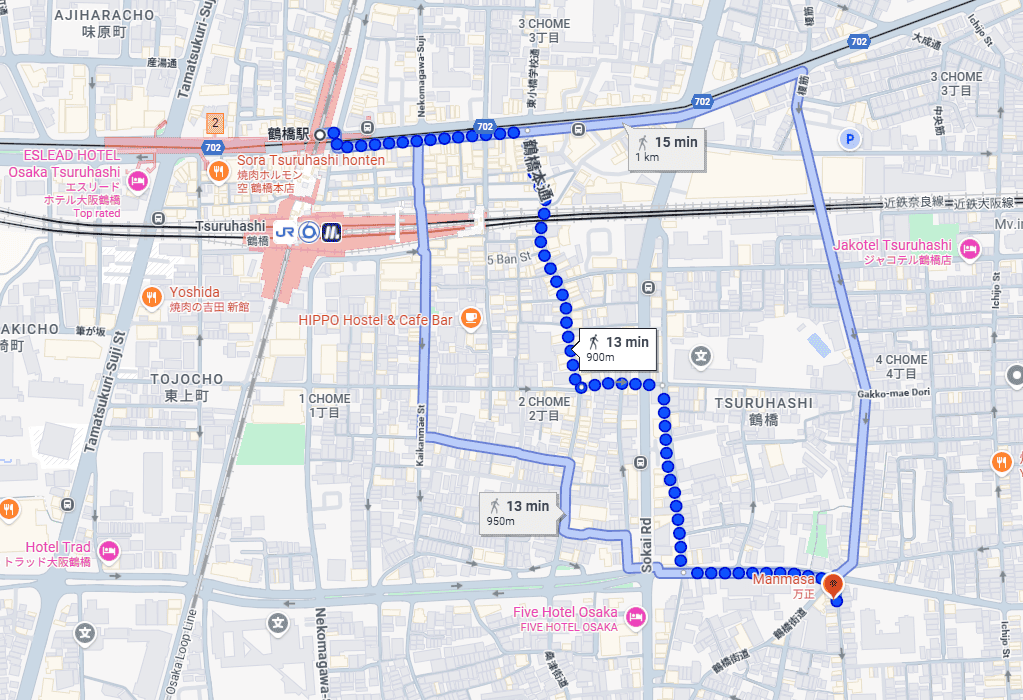
Alternative Osaka Specialties
While the author chose okonomiyaki both nights, consider these Osaka famous options:
Yakiniku (Grilled Meat): Tsuruhashi district specializes in excellent BBQ restaurants
Fugu (Pufferfish): Tokyo’s ¥20,000-30,000 luxury becomes affordable in Osaka, especially around Tennoji/Tsutenkaku area. ¥5,000 can secure fugu sashimi, fugu hot pot, plus 2-hour all-you-can-drink—perfect for affordable fugu debut.
Return Journey
10:50 PM: Depart Osaka Umeda Bus Terminal 6:25 AM: Arrive Shinjuku Bus Terminal
Tokyo to Kansai 3-Day Budget Breakdown
### Transportation Costs
**Night Bus Fares** (Tokyo-Kyoto, Osaka-Tokyo): ¥8,000 round trip
**Hotel Accommodation**: ¥6,000 per night
**Electric Bicycle Rental** (1 day in Kyoto): ¥2,400
### Local Transportation
(Kyoto) – JR Kyoto Station ↔ Inari Station: ¥480 round trip –
JR Kyoto Station → Namba Station (transfer at Umeda): ¥820 one way
### Local Transportation (Nara) –
JR Namba → Horyu-ji Station: ¥490 one way –
JR Horyu-ji Station → JR Nara Station: ¥240 one way –
Kintetsu Nara Station → Kintetsu Tsuruhashi Station: ¥580 one way –
JR Tsuruhashi → JR Osaka (Umeda): ¥200 one way
### Admission Fees –
Kiyomizu Temple: ¥500 – Kinkaku-ji (Golden Pavilion): ¥500 –
Horyu-ji Temple: ¥2,000 – Todai-ji Temple: ¥700 – Kasuga Taisha Main Shrine: ¥700
**Total Base Cost: ¥23,610**
### Important Notes
**Meals Not Included**: Conservative estimates include breakfast (2 meals) ¥1,000, lunch (2 meals) ¥2,000, dinner (2 meals) ¥3,000. **Total food budget: ¥6,000**. Evening drinks will increase costs significantly. **Minimum total budget including meals: ¥30,000**.
**Accommodation Alternatives**: – **Hen-na Hotel Namba** (November 2025): ¥10,000-12,000 per weeknight – **Budget business hotels**: ¥6,000-7,000 available in Namba area – **Internet Cafe Option**: Kaikatsu Club Namba Nihonbashi offers 9-hour stays with unlimited drinks, ice cream, free showers, and private flat sleeping rooms with locks for **¥4,540**
### Transportation Tips **Todai-ji to Kasuga Taisha**: Taxi recommended (¥1,000-2,000) for convenience **Horyu-ji Station to Temple**: Electric bicycle rental available at station front. **Electric-assist bicycles**: ¥1,200 full day (¥800 for 3 hours or less)
Regional Transportation Note: Osaka to Kyoto and Osaka to Nara both require approximately 40-50 minutes by regular train, making day trips between these cities highly feasible for flexible itinerary planning.
Trip complete—thank you for the journey!

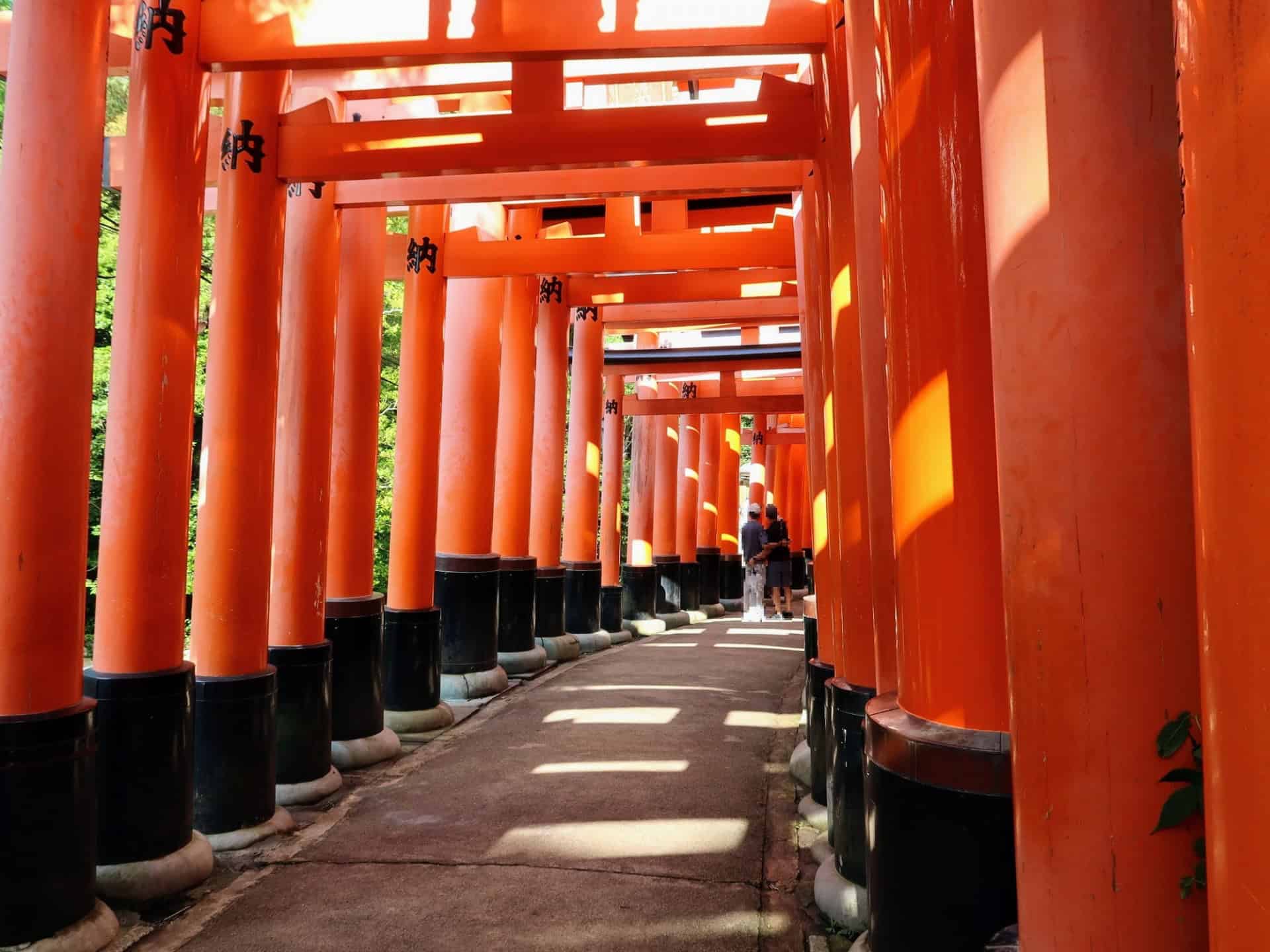
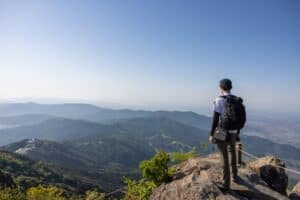
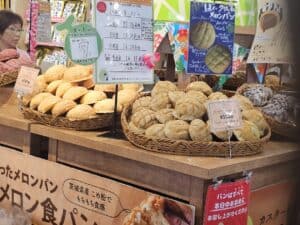
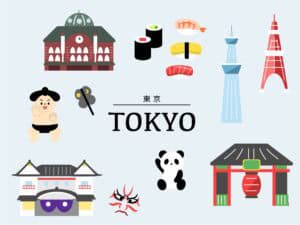
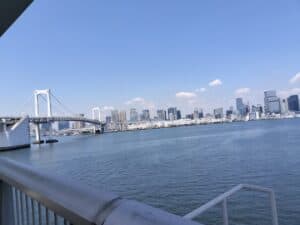
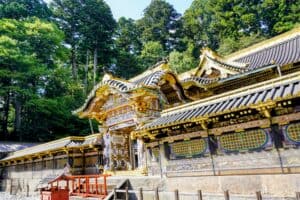
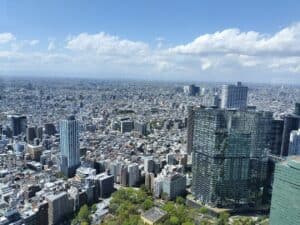
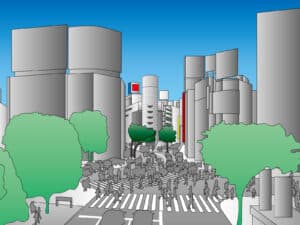
コメント